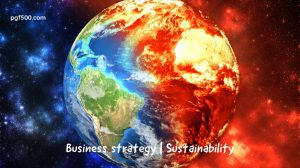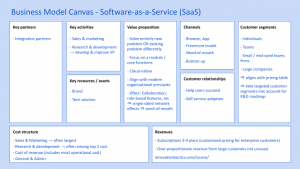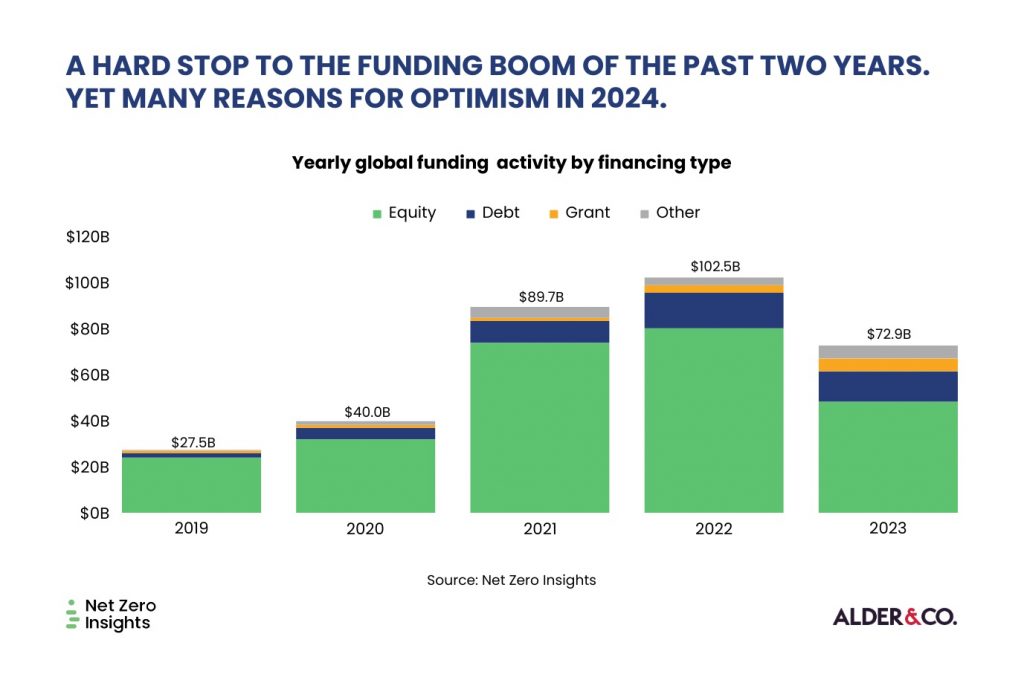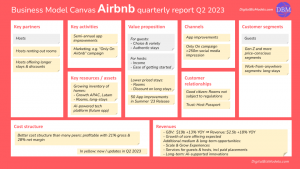pgf500 has a token on the Ethereum network, called PGF7T, which you can use to pay for subscriptions and services within the pgf500 SaaS platform.
.

.
.
Decentralized Web3 technologies could improve coordination around tackling climate change because they use local knowledge and actors to guide policies and put funding where it’s needed.
.
Climate change is a global coordination problem.
The system has failed to coordinate effective policies and capital investment into the commitments necessary to address the most pressing threat to humanity.
.
Race To Zero is a global campaign to rally leadership and support from businesses, cities, regions, investors for a healthy, resilient, zero carbon recovery that prevents future threats, creates decent jobs, and unlocks inclusive, sustainable growth.
.
.
.
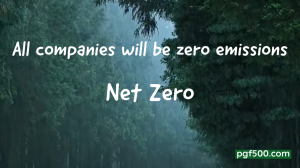
.
You will need to have Metamask to pay with PGF7T token.
.
We have chosen to adopt blockchain technology for the launch of 2 innovative decentralized Dapps.
.
We believe in Web3 and in the strength of communities.
.
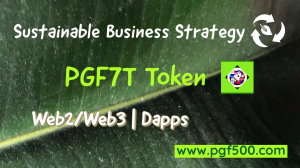 .
.
.
The token is on the Ethereum smart contract 0x9fadea1aff842d407893e21dbd0e2017b4c287b6 ,
and the code is public at https://etherscan.io/address/0x9fadea1aff842d407893e21dbd0e2017b4c287b6#code
.
QuickSwap smart contract:
0xdd0fDc648a9dbC9be5A735FE4561893a13399Da2
.
.
🔴 It is possible to buy and sell PGF7T tokens on Uniswap and QuickSwap Exchanges.
.
PGF7T token will be listed on other Exchanges soon.
.
Price: PGF7T
.
Enjoy the Journey 🚀
.


